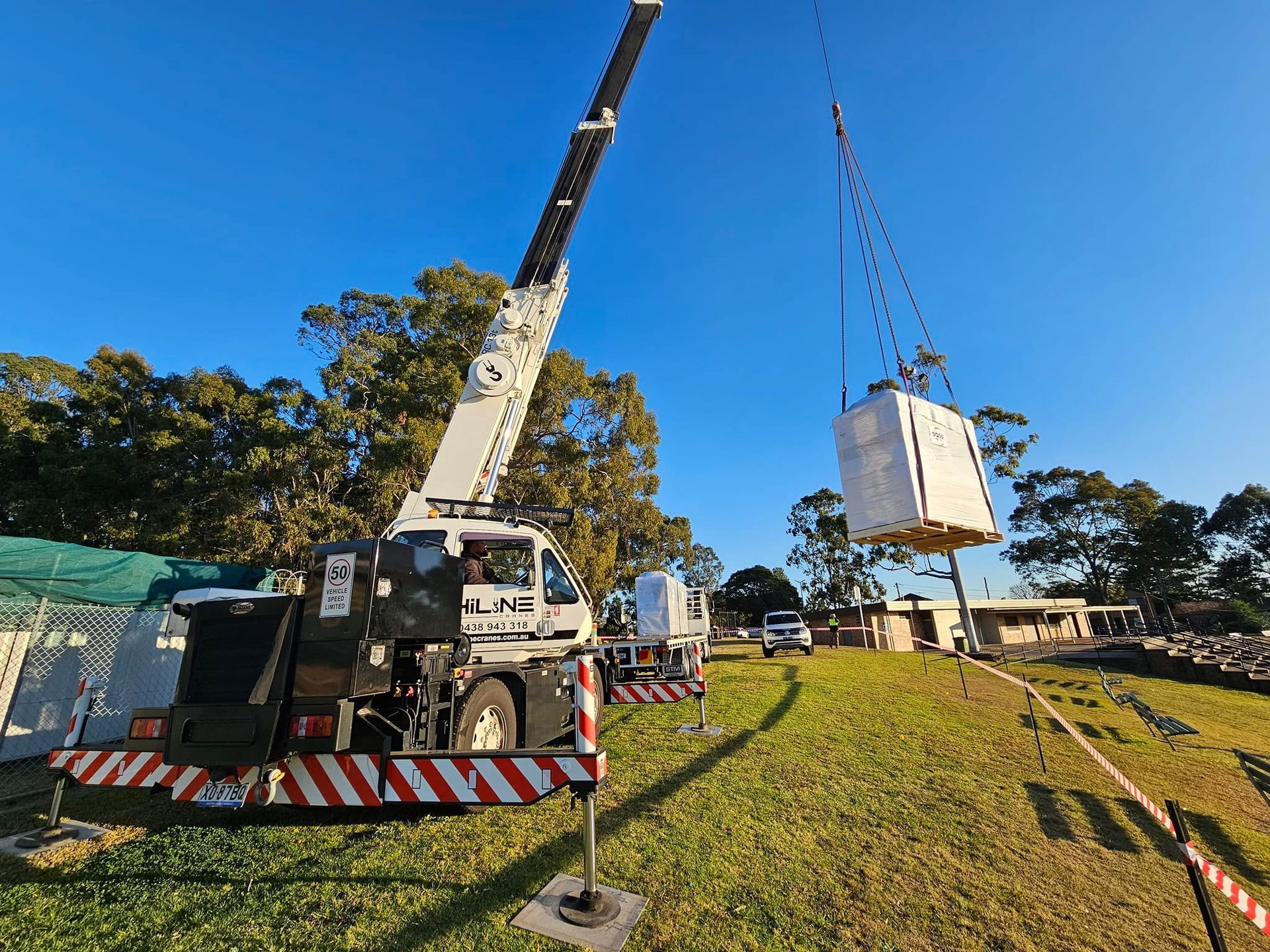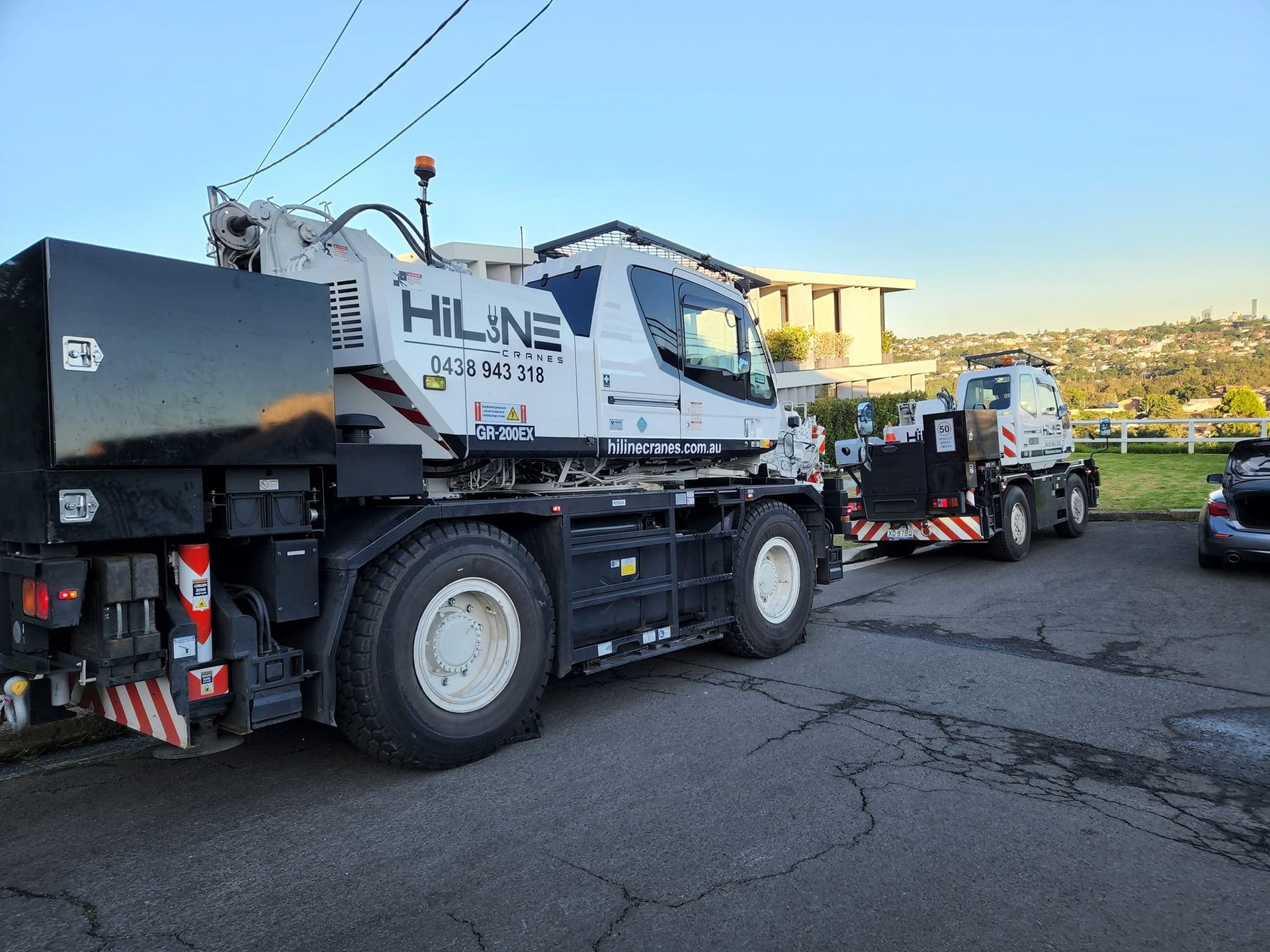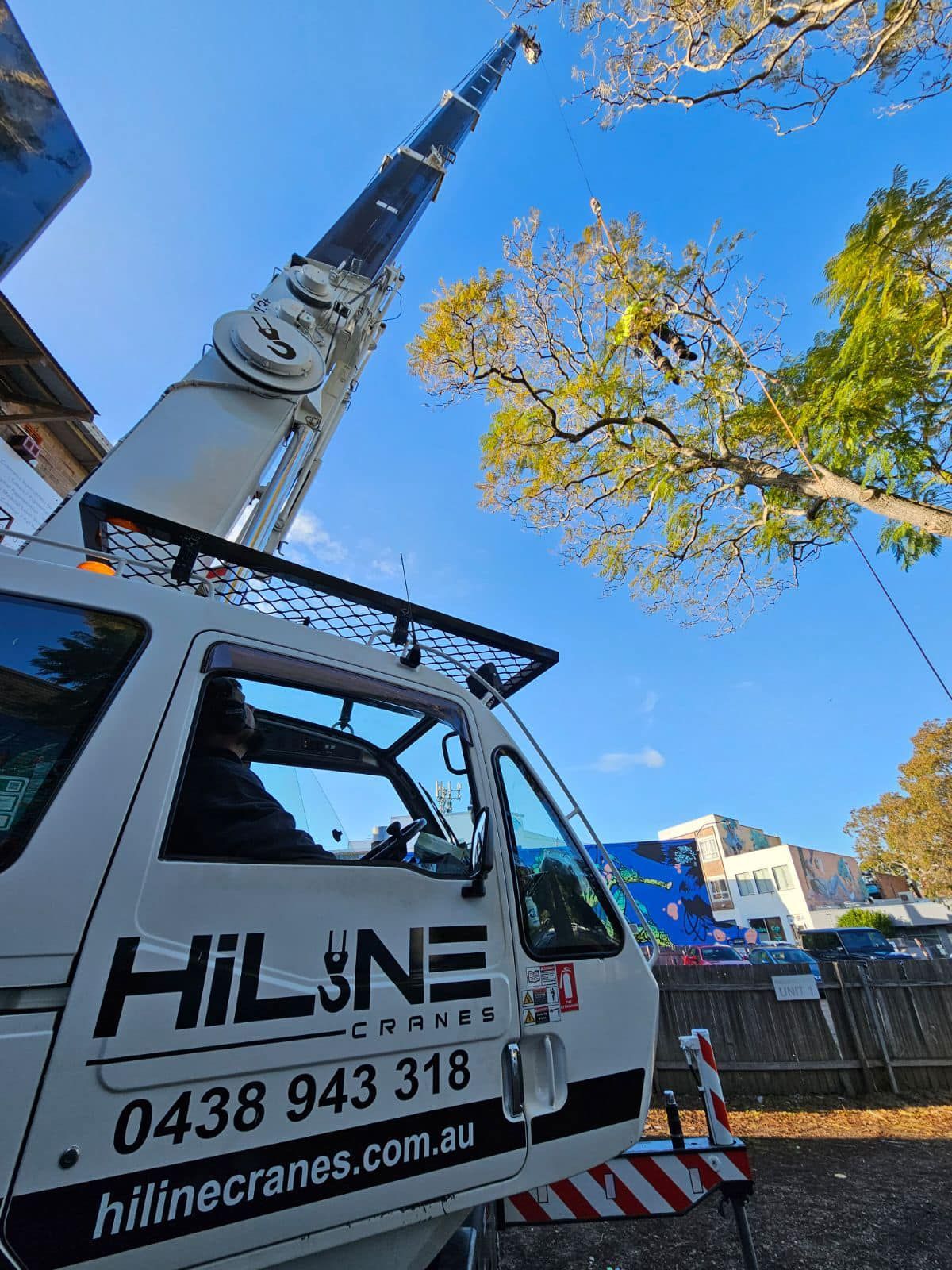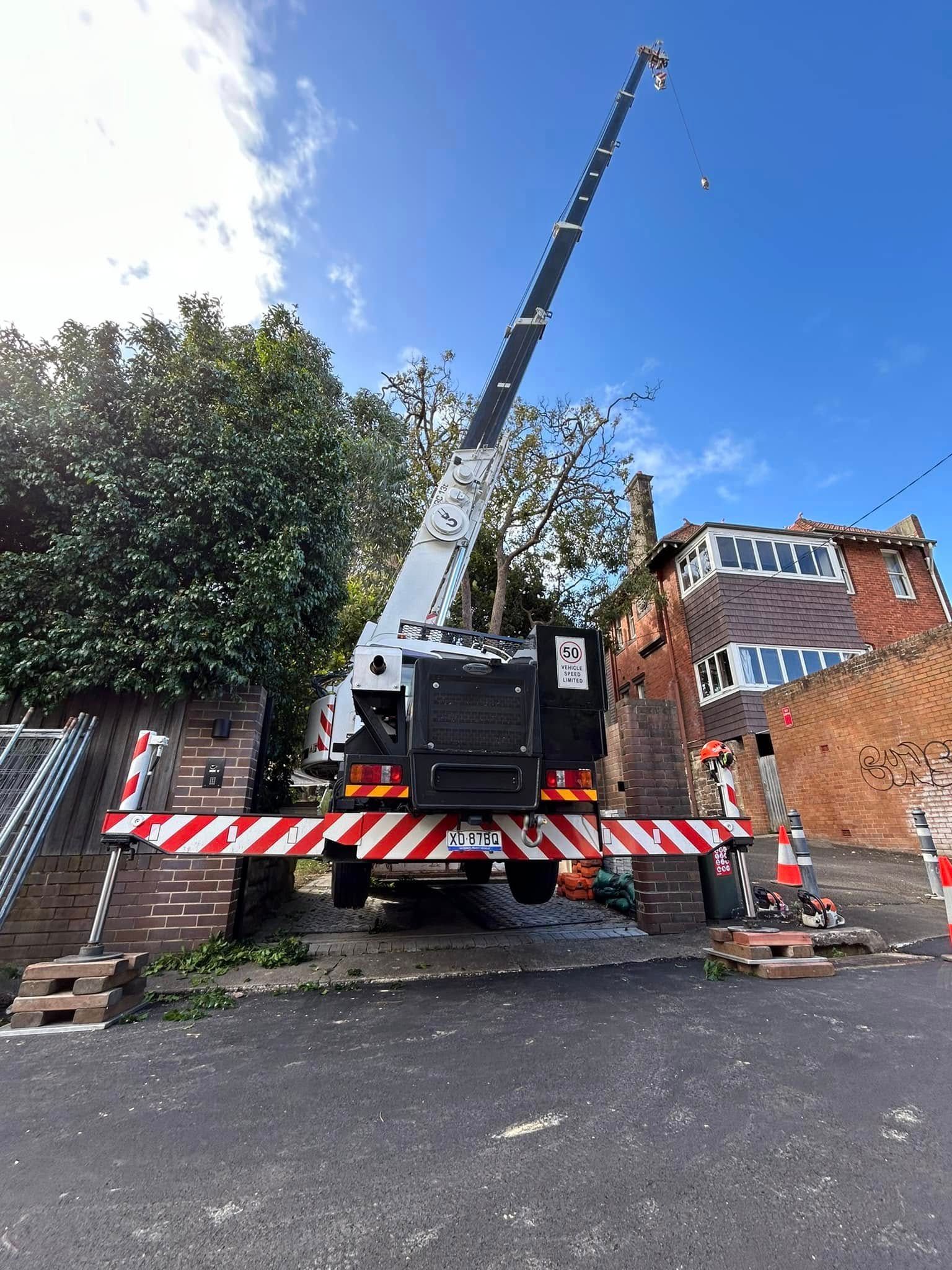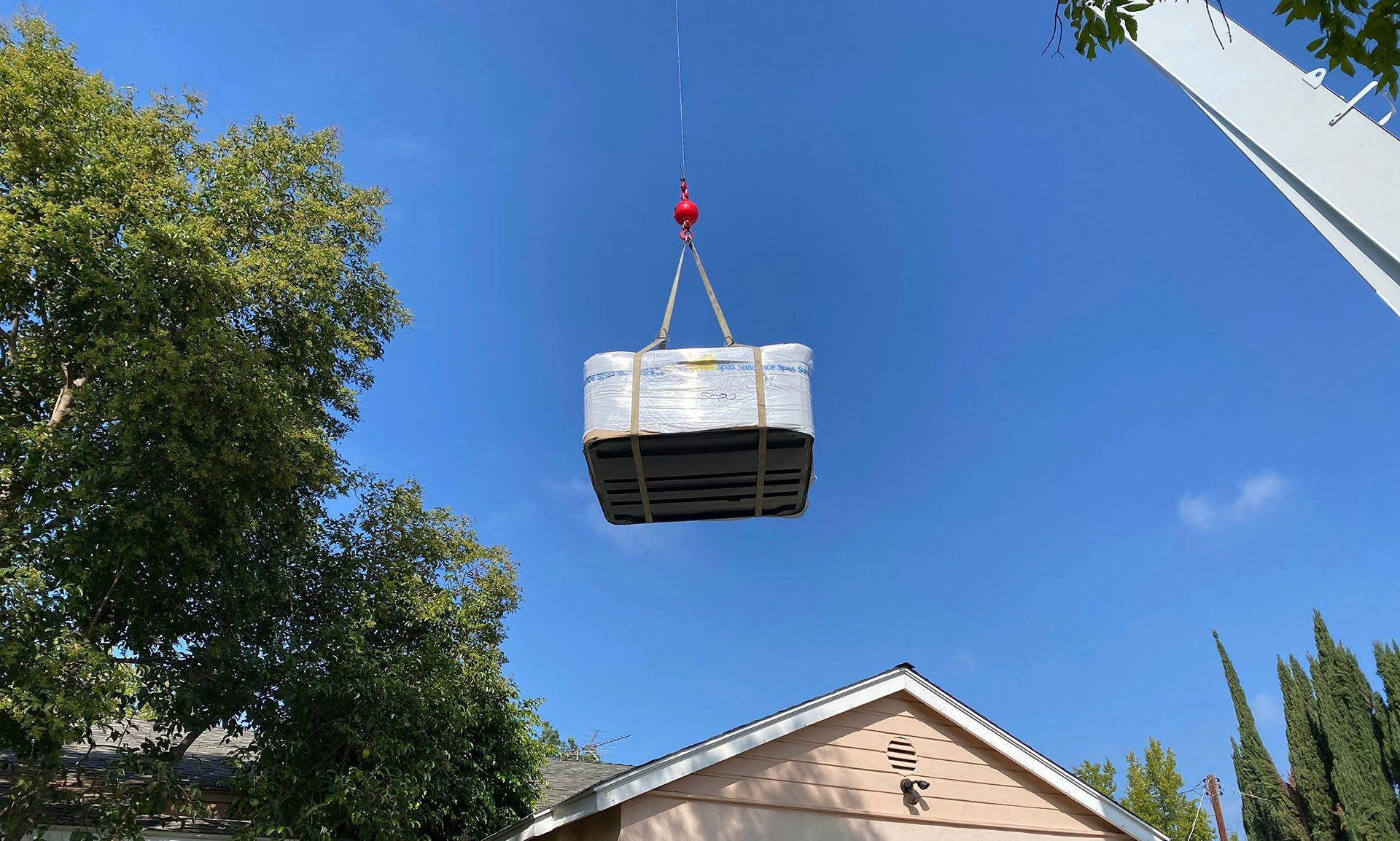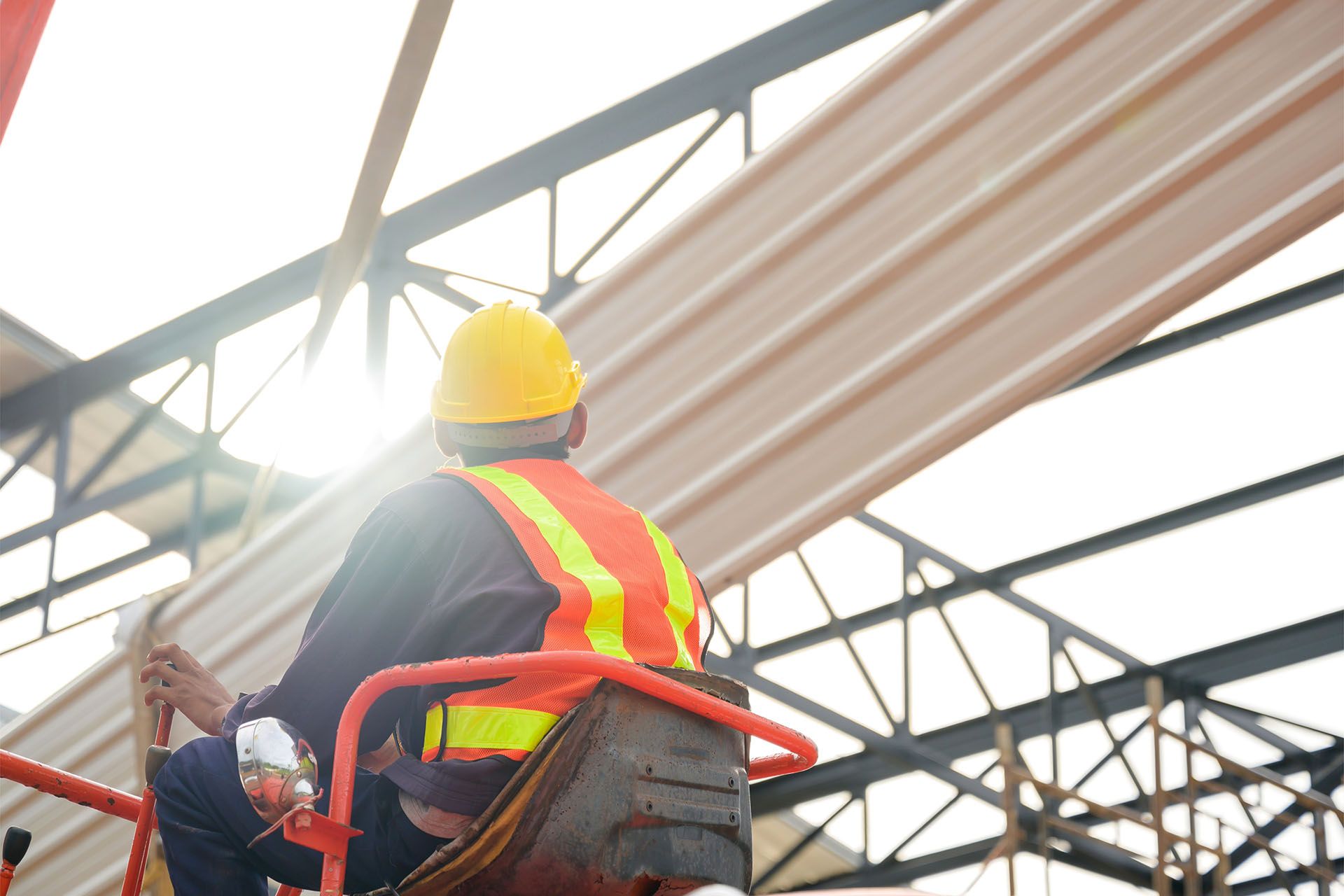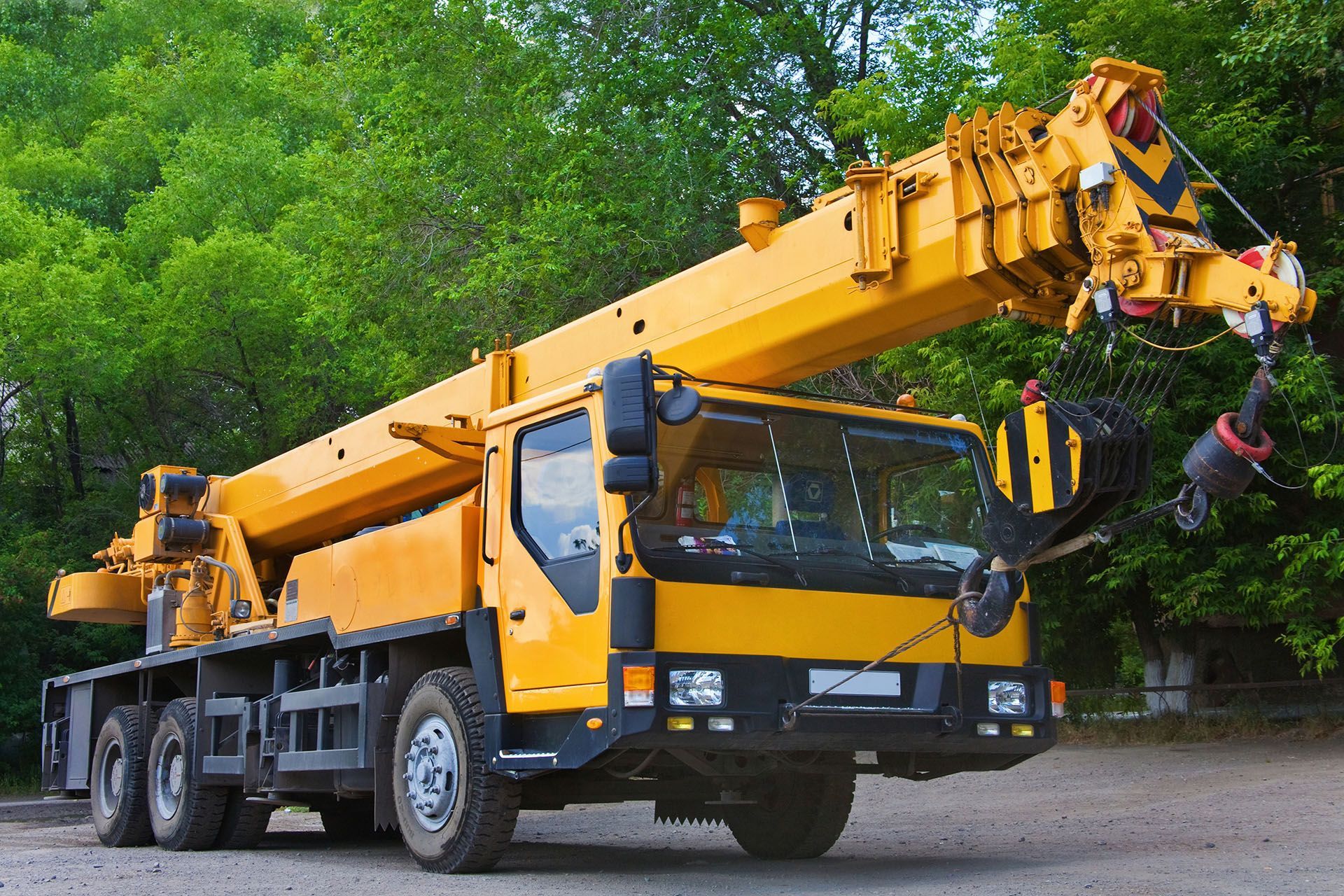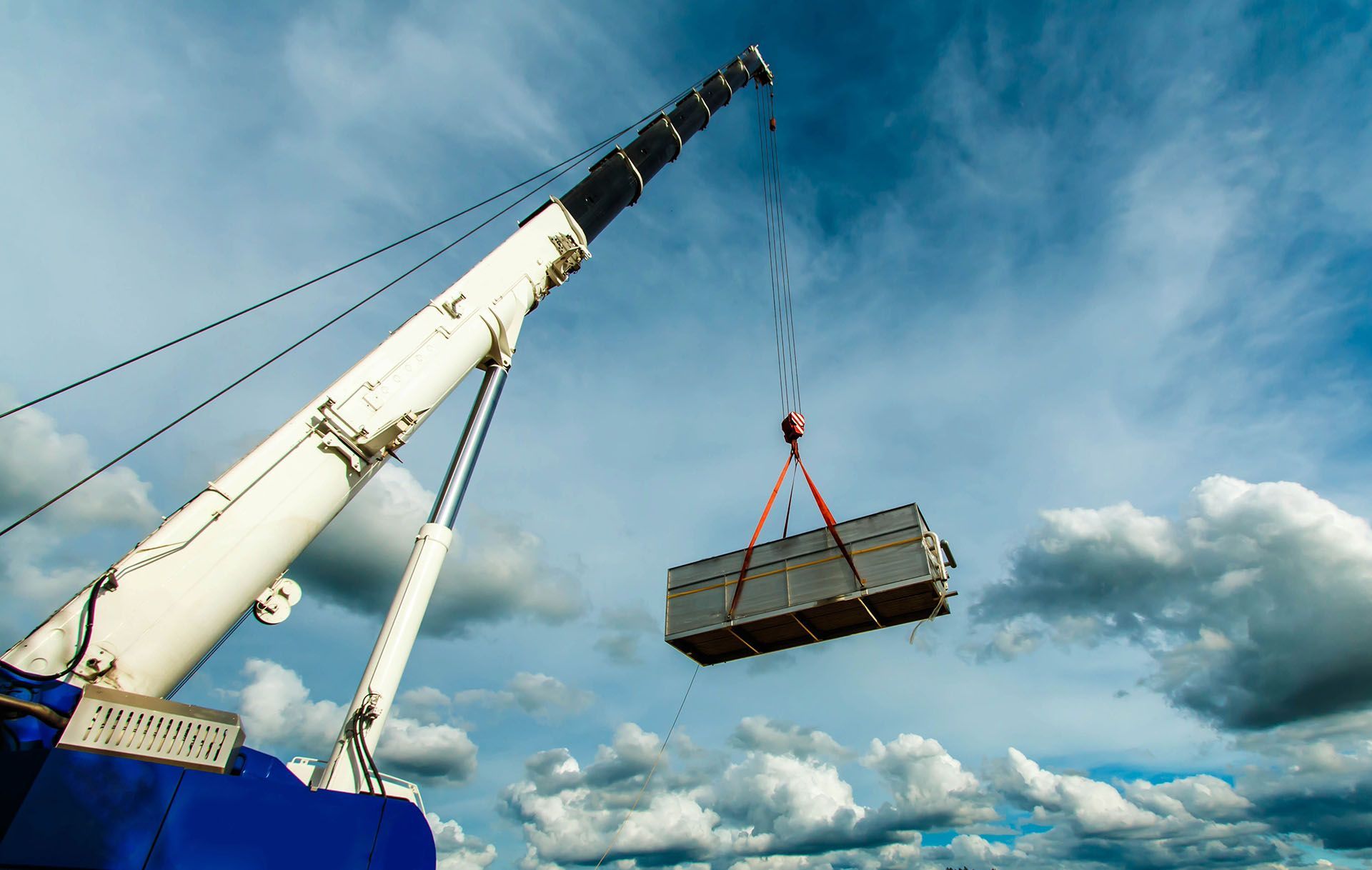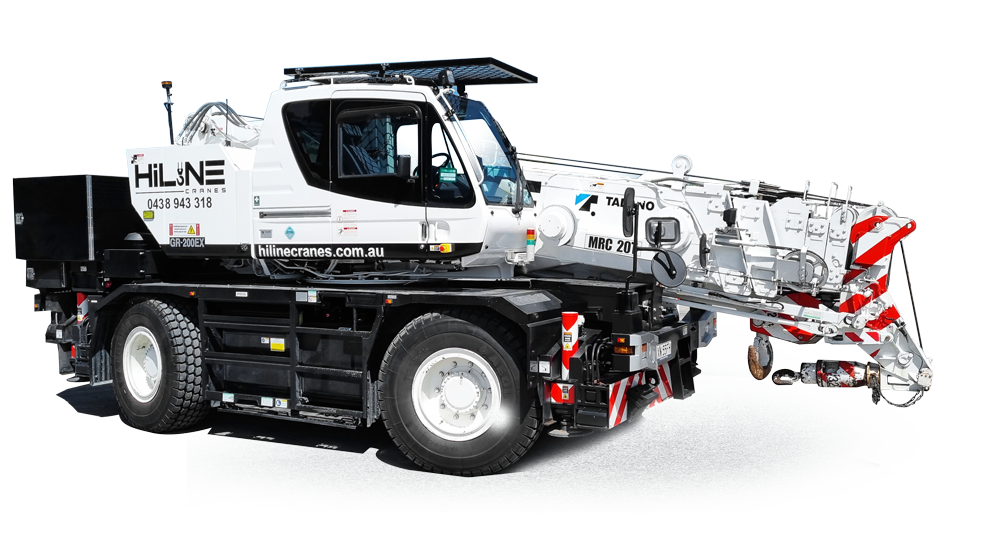Building Construction Crane: What You Need to Know Before You Hire
Planning a new build and wondering what kind of crane you’ll need on-site? Choosing the right construction crane can make all the difference when it comes to timelines, safety, and the smooth flow of work. From steel beams and other construction materials to prefabricated panels and heavy machinery, cranes are the muscle behind modern construction, and picking the right one for a project isn’t always as straightforward as it might seem.
The decision depends on several factors, such as site conditions, access restrictions, lift height, load weight, and of course, your budget. In this guide, we’ll break down the most popular types of construction cranes, explain what each one is used for, and help you decide which crane is the right fit for your project.
What Type of Crane Is Used in Building Construction?
The term construction crane refers to a broad range of lifting equipment used to move heavy materials in construction sites. Advances in crane technology have led to highly specialised options suited to different project needs. The two most common types used in building projects are tower cranes and mobile cranes, with each type having its strengths depending on the size, location, and complexity of the project.
Tower Cranes
Tower cranes are the tall, fixed cranes that you often see on high-rise construction sites. They are anchored to a concrete base and assembled piece by piece on-site. These cranes are capable of reaching great heights and lifting heavy loads with a high level of accuracy, which makes them ideal for large-scale commercial buildings and skyscrapers.
Advantages of tower cranes:
- Tower cranes have extremely high vertical reach
- Tower cranes offer strong load capacity at height
- Tower cranes are ideal for tall or multi-storey builds
Limitations:
- Tower cranes require extensive setup and dismantling
- Hiring tower cranes involves high upfront costs and long lead times.
- The fixed position of tower cranes limits versatility on-site
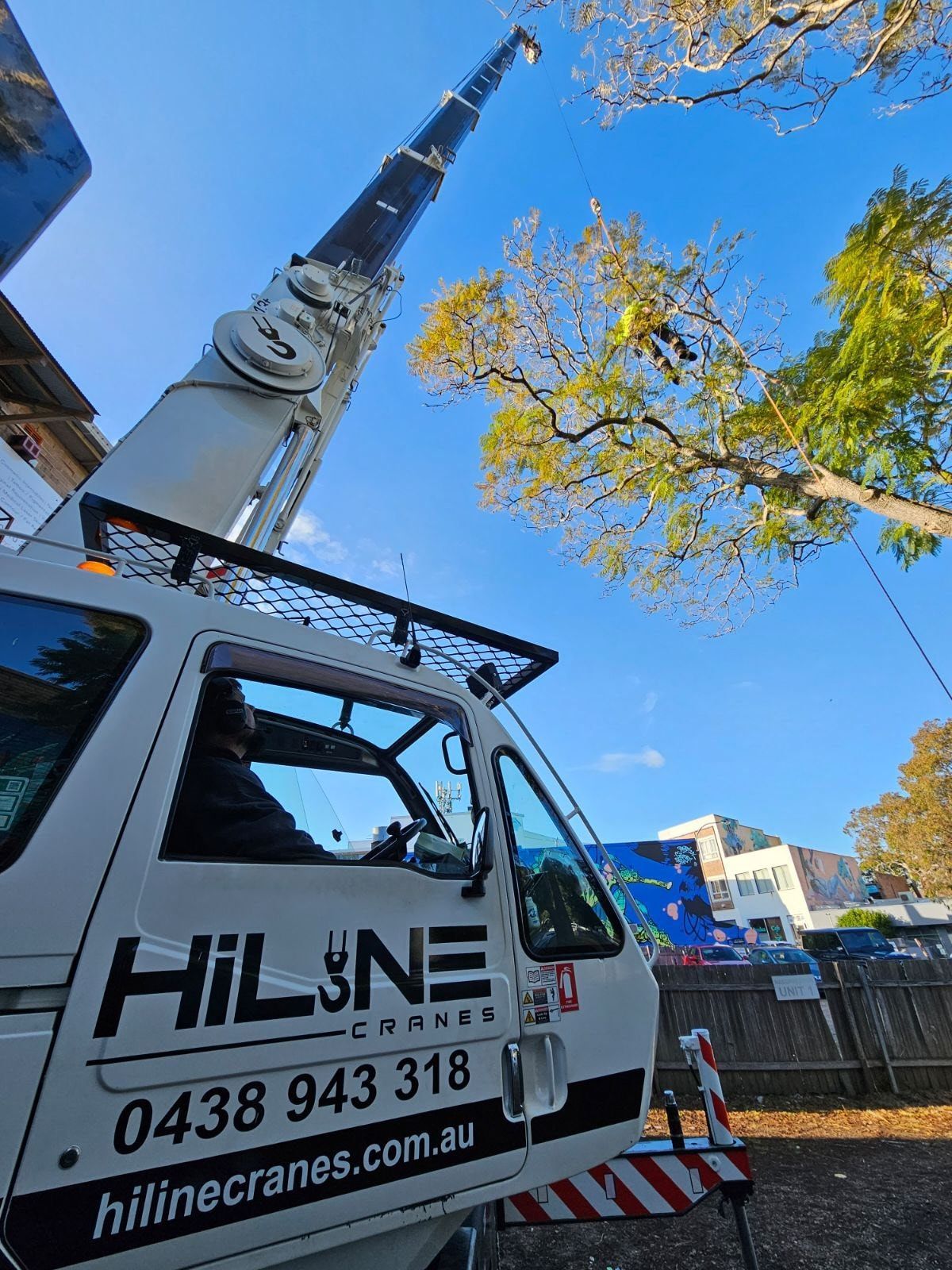
Mobile Cranes
Mobile cranes, on the other hand, are self-propelled lifting machines built on wheeled or tracked chassis, allowing them to move freely around the site without the need for additional transport or assembly. This type of construction crane is more flexible and quicker to deploy, which is why it's widely used in residential, commercial, and infrastructure projects that don’t require extreme height or lifting over long durations.
Advantages of mobile cranes for construction projects:
- Minimal on-site setup required
- Can move between and within sites
- Cost-effective for short- to medium-term use
- Suited for tight or difficult access jobs
- No need for fixed infrastructure
Limitations:
- Limited height compared to tower cranes
- Load capacity decreases with distance and height
What Do You Call a Construction Crane?
The general term construction crane applies to any piece of heavy equipment used to lift, lower, or move heavy materials on a construction site. But when discussing a construction crane, the most common categories include tower cranes, truck mounted cranes, rough terrain cranes, luffing jib cranes, self erecting cranes, and crawler cranes, among others.
At HiLine Cranes, our fleet includes compact city cranes that are well-suited for difficult access construction sites and versatile lifting tasks across residential, commercial, and infrastructure projects.
Common Lifts in Low-Rise to High Rise Construction Projects
In most building projects, cranes play a very important part in lifting, placing, and relocating heavy items that would be impossible to move manually or safely with other equipment.
Cranes for construction sites are commonly used to lift structural steel beams, roof trusses, concrete blocks and panels, and prefabricated wall sections. They’re also used for positioning formwork systems, scaffolding, HVAC units, spa tubs, bulk building supplies, and timber frames. In more complex projects, cranes may assist with glass panels, steel reinforcement cages, machinery, bulka bags of materials, and roofing sheets.
For construction projects with tight timelines or confined spaces, mobile cranes offer the flexibility needed to perform multiple lifts in different locations across the site. This efficiency reduces downtime and helps projects progress smoothly, while tower cranes remain the preferred choice for high-rise or long-term developments that demand sustained lifting at height.
What Is the Cost of a Construction Crane?
When it comes to cost, the answer depends heavily on the type of crane, the duration of the hire, and the complexity of the lift. Purchasing a crane outright is a significant investment, and for most projects, crane hire is the far more practical and cost-effective solution.
For example, tower cranes, which are commonly used on large-scale or high-rise developments, typically come with higher upfront costs and longer lead times due to the need for on-site assembly, disassembly, and permitting, all of which are factors that can significantly affect both budget and the overall construction process.
Factors That Affect the Cost of a Crane:
- Type and size of crane
- Length of hire period
- Location and site access conditions
- Type of lift (e.g., structural steel, spa units, HVAC)
- Any special permits or escorts required
- Operator costs and insurance
In most cases, mobile cranes are much more affordable than tower cranes, both in upfront and ongoing costs.
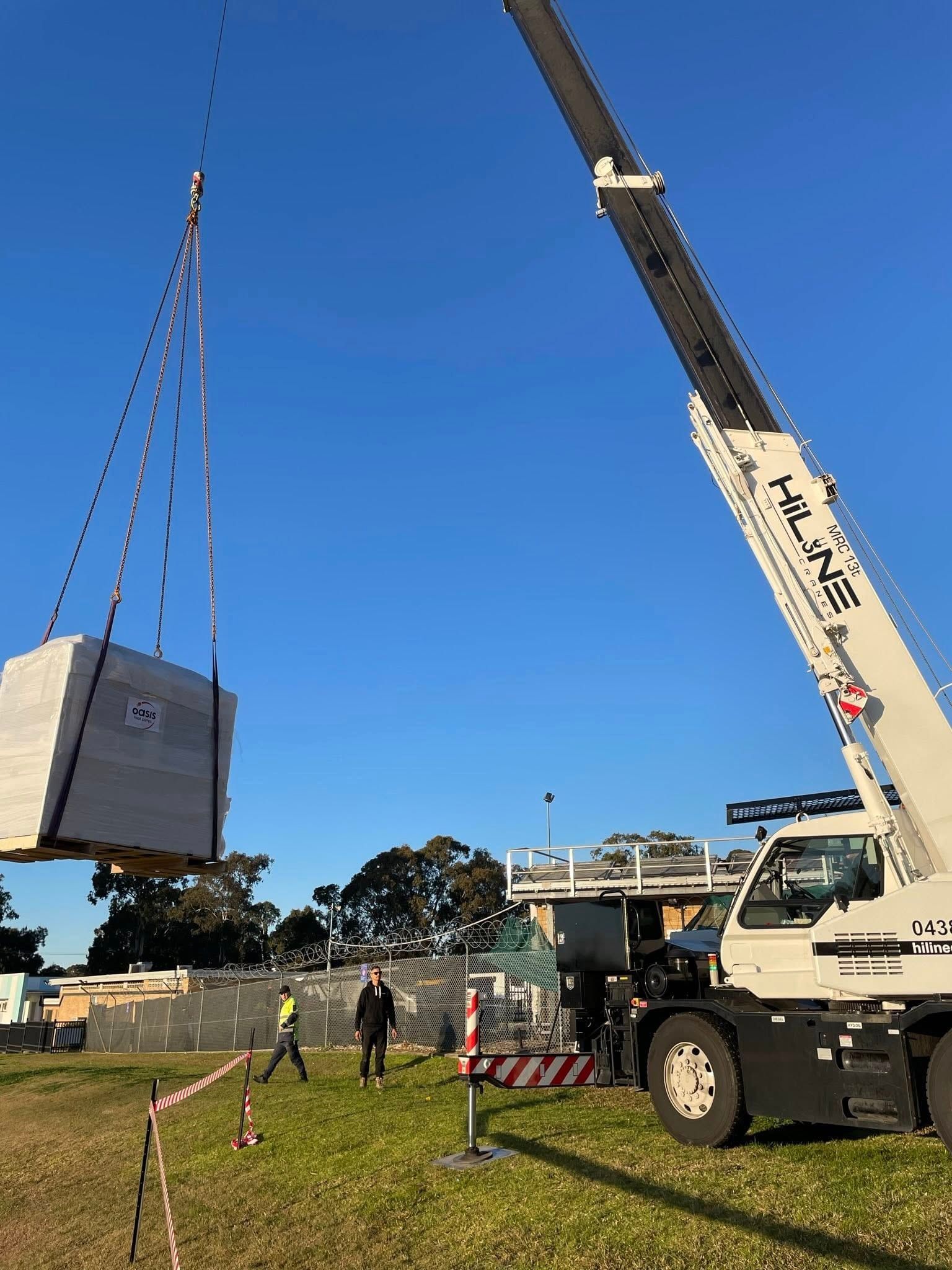
Why Mobile Cranes Are the Smart Choice for Small to Medium-Sized Building Projects
While tower cranes have their place in large-scale commercial construction, most building projects don’t require that level of lift height or capacity. For residential builds, small commercial developments, or infrastructure upgrades, mobile cranes offer a practical and cost-effective alternative that doesn’t sacrifice performance, safety or reliability.
Benefits of Mobile Cranes for Building Construction:
- Fast mobilisation: Get to site and lift within hours, not days — unlike tower cranes, which require extensive setup and dismantling.
- Adaptability: Ideal for beam placement, machinery relocation, and construction material lifts
- Reduced footprint: Works in tight urban spaces or confined backyards where tower cranes may be impractical or impossible to install.
- Lower cost: No assembly, no disassembly, no storage fees
- Reliable performance: Suited for multiple types of lifts on the same site
At HiLine Cranes, we’ve supported countless builders, developers, tradies, and even arboriculturists with our versatile crane hire services across Sydney, Sutherland Shire, and Wollongong. Our compact 13-tonne city crane is especially suited for working within restricted sites and urban builds while still providing serious lifting power.
Unlike larger truck cranes or other mobile units that may struggle with tight access, our city crane offers superior manoeuvrability without compromising on performance, making it the ideal choice for confined or complex job sites and lifting operations.
How to Choose the Right Construction Crane for Construction Sites
To choose the right crane, start by answering these key questions:
1. What are you lifting?
Weight, shape, and fragility will influence the type of crane required.
2. How high and how far?
Mobile cranes are great for lower height and radius lifts, while tower cranes work best for high-rise jobs.
3. What is site access like?
Tight streets, soft ground, or overhead obstructions may restrict your options.
4. What’s your timeline?
If you need a fast turnaround or short-term hire, mobile cranes are ideal.
5. What’s your budget
Factor in not just equipment hire but the costs of crane operators, setup, and compliance.
If you are unsure, our team at HiLine Cranes can conduct a free site inspection and provide advice on the best lifting solution for your particular project.
Site Safety & Compliance When Using a Construction Crane
Safety is paramount on construction sites, especially when using a crane. Lifting extremely heavy loads at height introduces serious risks, which is why strict compliance with Australian standards is non-negotiable. At HiLine Cranes, every lift is carried out by trained, licensed crane operators with extensive hands-on experience. Our equipment is CraneSafe certified and undergoes regular inspections to ensure full compliance with industry regulations.
We also work closely with clients to develop site-specific lift plans, assess potential hazards, and implement safety controls, such as exclusion zones and traffic management, to protect construction workers, site supervisors, and other personnel operating in and around the lift area.
Final Thoughts
Not every project needs a 60-metre tower crane dominating the skyline. Sometimes, the smartest solution is one that fits neatly into your site and gets to work straight away. That’s where mobile cranes come into their own.
While tower cranes remain a staple for high-rise and large-scale developments, they’re not always practical or necessary. For most small to medium-sized builds, particularly in residential areas, urban streets, or confined commercial job sites, mobile cranes strike the perfect balance of capability, cost-efficiency, and convenience. They reduce delays, adapt to challenging environments, and handle a wide range of lifting tasks with ease.
At HiLine Cranes, we know what it takes to keep your build moving. Whether you're lifting structural steel, moving materials around, or repositioning heavy equipment, our modern fleet and experienced mobile crane operators are ready to support your project across Sydney, the Sutherland Shire, Wollongong, and other locations throughout NSW.
Contact us today to schedule your free site inspection and receive a detailed, no-obligation quote. We make crane hire simple, with no delays or hidden fees whatsoever, just dependable lifting solutions that actually get the job done.

